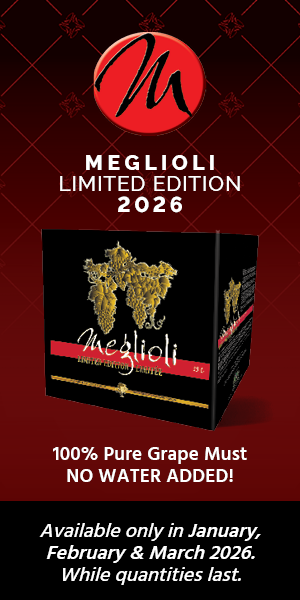Let me put on my thinking cap. Indeed I think you are facing a re-fermentation and I’d bet that it is due to your 1% residual sugar, but perhaps secondarily to a re-fermentation of residual malic acid in the wine. Free sulfur dioxide concentration diminishes in the bottle over time and after a year levels would certainly be dangerously low. If you didn’t also sterile filter your wine before bottling, it’s very likely that ambient yeast and malolactic bacteria decided to chew on the tasty “food” left in your wine. The changes they can wreak in the bottle can be significant.
I tend to avoid MLF at all costs with rosés, or “pink wines.” Especially for delicate grapes like Pinot Noir where the color is quite unstable, malolactic fermentation tends to create an orange cast to the wine rather than a bright fresh pink. Additionally you might expect some “buttery” type aromas. Malolactic fermentation naturally decreases a wine’s acidity so you will also experience less acid on the palate. It also can cause fizziness from dissolved carbon dioxide (hence your pushed corks) so you might — from either a residual sugar or malic acid fermentation — find that all of a sudden you have a sparkling wine!
I will suggest with “error-made” wine, as I always do, that you give the product a taste. Even though it likely will not be what you expected when you made the wine, you actually might find that you like the hint of spritz in your pink wine and, especially if served well chilled, it might become your new favorite aperitif.
If you’d like to try to avoid this effect, however, I really recommend that you filter your wine before you bottle next time. This will really knock down the number of microbes that will end up in each bottle of wine. I say this because even commercial wineries can’t 100% guarantee sterility — there will almost always be the ambient “air” microbes that are sitting in the empty bottles before filling (unless you want to boil your containers like tomato canners do). It’s really difficult to 100% exclude all yeast and bacteria cells but at least running your wine through a 0.45 micron nominal filter will go a long way towards helping. Also, always be sure you’re going to bottle with 30-40 ppm free (not total, free) SO2 if you’ve got any kind of residual sugar or malic acid. Best of luck next time!




